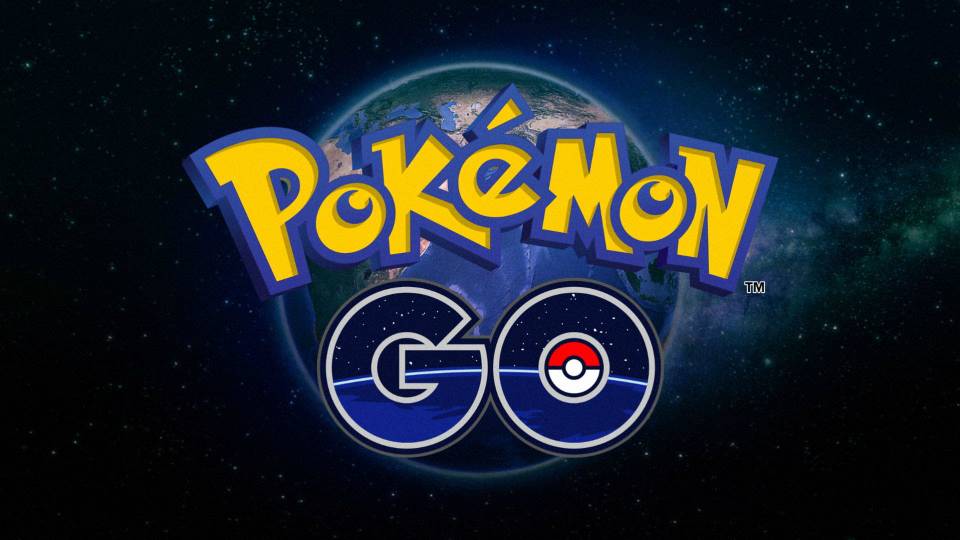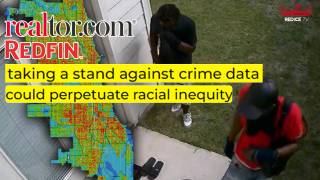Pokémon GO Is 'Racist'
A new article from the Urban Institute, a Washington-based community-engagement research organization, calls out Pokémon GO's failure to break down barriers and reach marginalized groups.
Damning statistics overlay city-map infographics to confirm the uncomfortable truth that there aren't as many Poké nerds glued to their smartphones in poorer neighborhoods. "Placemaking can only be as inclusive as the population engaged in the process." Indeed.
Pokémon GO, a smartphone app that projects virtual reality critters, ripe for the catching, onto real-world surroundings, has been celebrated for getting technophiles out of the house.
It's also a viral sensation that behaves like the viruses of our collective pop-cultural nightmares. In less than a month since the game's release, zombified Pokémon masters—more than Tinder and Twitter's total users—have flocked to the streets and the backwoods where, their eyes fixed phoneward, they've stumbled into ponds, over train tracks and upon dead bodies. And, problematically, they've predominantly plagued the neighborhoods Pokémon's standard demo populates.
If your mind flips back to the gruesome, shuffling proletariat in Fritz Lang's Metropolis or the brainwashed clone armies of Star Wars, don't write it off as paranoid ideation just yet. Scholars and satirists have been linking Pokémon to Japanese remilitarization for more than a decade.
One takeaway from "Pokémon GO Is Changing How Cities Use Public Space, But Could It Be More Inclusive?" probably overlooked by most: If marginalized communities are excluded from the craze, they're essentially immune to the virus.
So, before we rush to invite everyone to the Poképcalypse, or, "with sufficient intentionality… make placemaking more inclusive," let's remember: Someone's got to stay behind to inherit the earth.






















